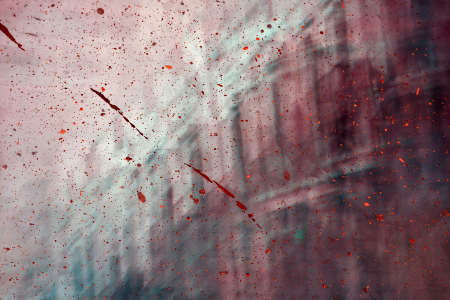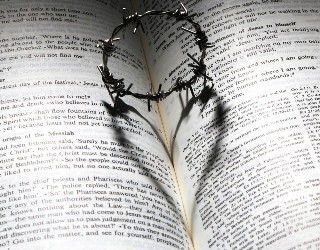'Comet of the century' to pass Earth in 2013
FREE Catholic Classes
Astronomers are calling it the "comet of the century" and it hasn't even passed yet. However, early predictions suggest a newly discovered comet may be one of the most amazing astronomical sights in living human memory.
Highlights
Catholic Online (https://www.catholic.org)
10/1/2012 (1 decade ago)
Published in Technology
Keywords: Comet C/2012 S1, comet of the cntury, astronomy, naked eye, daytime, brightness, magnitude, legendary comet
LOS ANGELES, CA (Catholic Online) - Discovered just over a week ago by Russian astronomers, comet C/2012 S1, is already brightening despite the fact that it's still out past the orbit of Saturn. The comet is about two miles wide, which is large for such an object.
As the comet comes closer to the sun, it will brighten significantly. The comet will pass very close to the sun on November 28, 2013, and could break apart. As the comet swings back towards Earth in December, it may become so bright that it will outshine the moon and be visible in the daytime.
A comet is best described as a small, rocky ball of ice and dust that disintegrates as it heats up near the sun. This disintegration causes ice to melt allowing dust and gasses to escape, giving the comet its characteristic tail.
Comets are distinct from asteroids. Asteroids typically come from the inner solar system, with many circling within the asteroid belt, a region of space between Mars and Jupiter where they are common. It is believed comets come from the Oort cloud, a swirling halo of icy comets some hundred thousands of times farther from the sun than the Earth.
Asteroids are also rocky bodies while comets contain large volumes of water ice. Both are leftovers from the formation of the Solar System.
Comets are actually a common phenomenon, but most of them require a telescope to see as they streak past Earth and around the sun. Each decade, a there may be a few comets that become bright enough to see with the naked eye. Typically, these appear as fuzzy stars in the nighttime sky and only a few recognize what they're seeing.
However, every once in a great while, about once per century, and sometimes more, a comet will be so close and so bright that it is easily visible, including the tail.
Such comets are the stuff of legend.
An early-recorded appearance of Halley's Comet is one of the most famous sightings in history, having been recorded on the Bayeux tapestry and taken as an omen of war.
Subsequent to the comet's appearance, William the Conqueror invaded England. Comet Halley has been recorded since ancient times and may be the most legendary, but other comets have been brighter. In 44 BC, the brightest comet in history was taken by the Romans as a sign of the deification of Julius Caesar and was stamped onto coins. That comet was clearly visible in the daytime sky, and one of only a few in recorded history to be so bright.
We ask you, humbly: don't scroll away.
Hi readers, it seems you use Catholic Online a lot; that's great! It's a little awkward to ask, but we need your help. If you have already donated, we sincerely thank you. We're not salespeople, but we depend on donations averaging $14.76 and fewer than 1% of readers give. If you donate just $5.00, the price of your coffee, Catholic Online School could keep thriving. Thank you.Help Now >
Comet C/2012 S1 may prove equally as bright, or yet brighter. Some preliminary predictions say it could even be twice as bright as the full moon, making it visible even during the daytime.
It is unclear if comet C/2012 S1 will live up to expectations, as scientists have been disappointed before, but the current state and orientation of C/2012 S1 suggests that it will be easily visible to the naked eye in November, regardless if it survives its trip around the sun.
For those who can't wait until November to see this spectacular comet, take heart, for a celestial appetizer is being served. Comet C/2011 L4 (PANSTARRS) will be visible to the naked eye in early March of 2013, although experts say binoculars will be needed to fully distinguish its tail.
---
'Help Give every Student and Teacher FREE resources for a world-class Moral Catholic Education'
Copyright 2021 - Distributed by Catholic Online








 Daily Readings for Saturday, April 20, 2024
Daily Readings for Saturday, April 20, 2024 St. Marian: Saint of the Day for Saturday, April 20, 2024
St. Marian: Saint of the Day for Saturday, April 20, 2024 Children's Prayer For Parents: Prayer of the Day for Saturday, April 20, 2024
Children's Prayer For Parents: Prayer of the Day for Saturday, April 20, 2024


